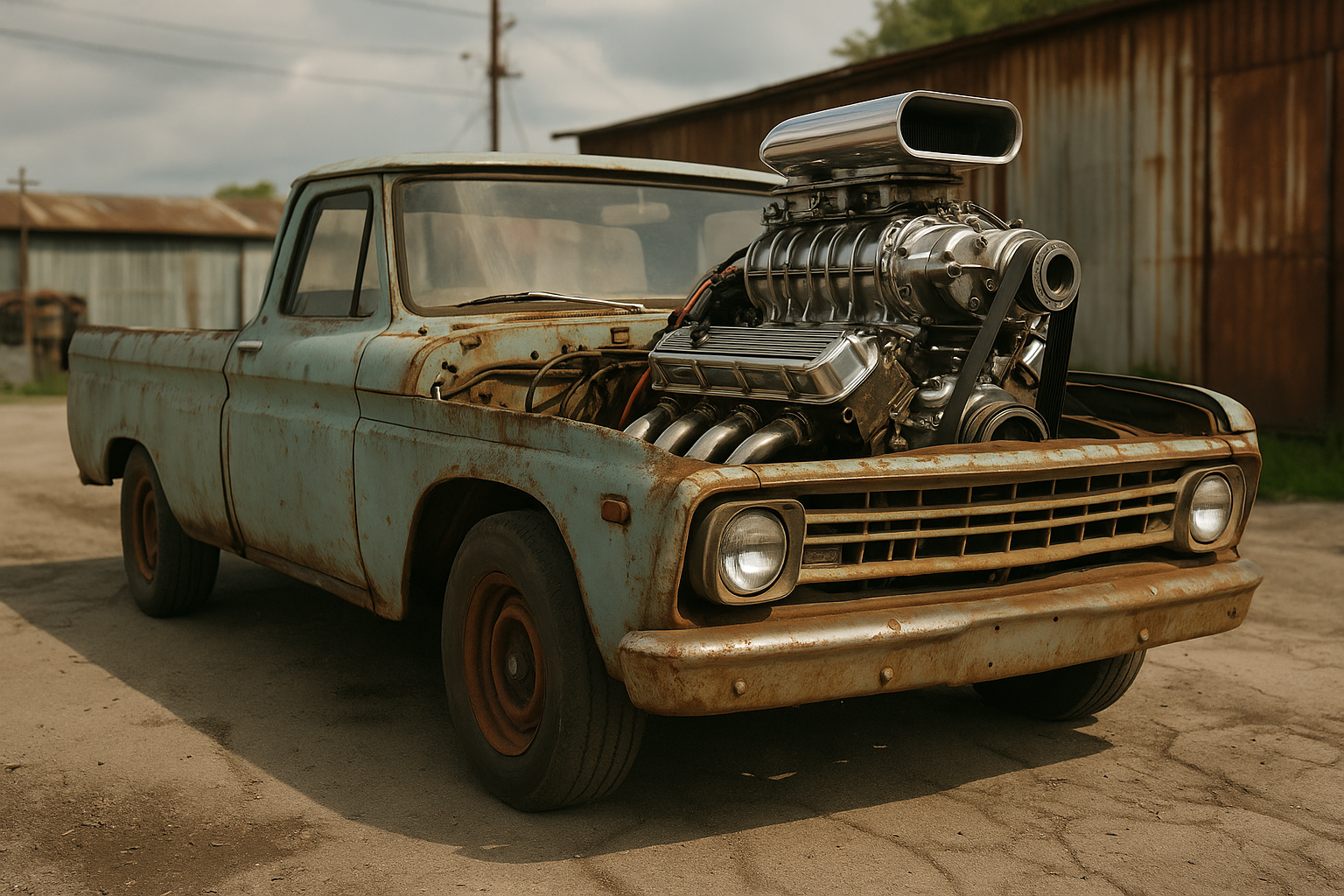AI Won’t Save You—But Adaptability Might (Part 2)
There was a very thoughtful response on LinkedIn to my recent post where the reader asked the foundational question: “What is the problem we’re trying to solve (with AI)? So what is it?
I hope it's not this:
"How can I make it look like we're on the AI bandwagon without risking myself personally given this AI initiative is probably going to fail as most tech initiatives do?"
Hopefully it's this: (if not, you have a culture problem)
“How can we keep pace with a future that, because of AI and other advancements, is accelerating faster than our systems (people, processes, and technology stacks) were ever designed to handle?”
The answer? It depends on the current state of your systems and how fast the disruption is coming to your organization.
This problem was both caused by and will be solved by innovations including AI
Back in the early ’80s, I watched a BBC series called Connections. The host, James Burke, traced how seemingly unrelated discoveries throughout history combined to spark massive societal change. A new textile process here, a scientific breakthrough there—until suddenly, we weren’t just making fabric faster, we were launching the Industrial Revolution.
That’s the moment we’re in again
AI isn’t a standalone revolution. It’s amplifying dozens of adjacent innovations—cheaper semiconductors, global connectivity, workforce automation, infrastructure-as-code, low-code tools, and more. These trends are converging, and the result is a rate of change that most organizations simply weren’t built to handle.
The Problem Isn’t AI—It’s Inertia
We’ve been here before. Tech-for-tech’s-sake has failed CIOs and CTOs for decades. It wasn’t the cloud that made AWS a market leader—it was Amazon’s ability to reorganize, scale, and iterate quickly. That same adaptability is what AI now demands from the rest of us. If you haven’t already reworked your processes, infrastructure and workforce for adaptability, by the time disruption hits your sector—it may be too late. But the disruption is uneven, a winning strategy will depend on the pace of disruption in your immediate competitive environment.
Who’s Getting Hit First?
AI disruption feeds on structured data, language, and repeatable workflows—which means sectors like:
Financial services
Marketing and advertising
Software engineering
Legal and compliance
…are already or soon will be in the thick of it.
These industries have competitive pressures that require much greater adaptability.
Who’s Lagging—For Now?
In contrast, state and local governments, education, and manual trades may seem safer—for now.
Legacy systems, low budgets, and cultural resistance slow them down.
But that inertia can flip overnight. Imagine a county government trying to comply with a new smart city mandate, or a school system scrambling to support AI-driven personalized learning with no internal AI infrastructure.
Even in slow-moving sectors, policy can be the spark that ignites an AI wildfire.
You’ve built a truck, but now your need a racecar. This isn’t just about your tools—it’s about evolving the whole system: your culture, processes, and yes, your technologies, to move ever faster.
Are you building agility into your data flows?
Can your teams move at the speed of change?
Is your architecture built for adaptation—or static optimization?
The winners won’t be the ones with the best models or the biggest budgets. They’ll be the ones structurally built to adapt faster than the rest.

